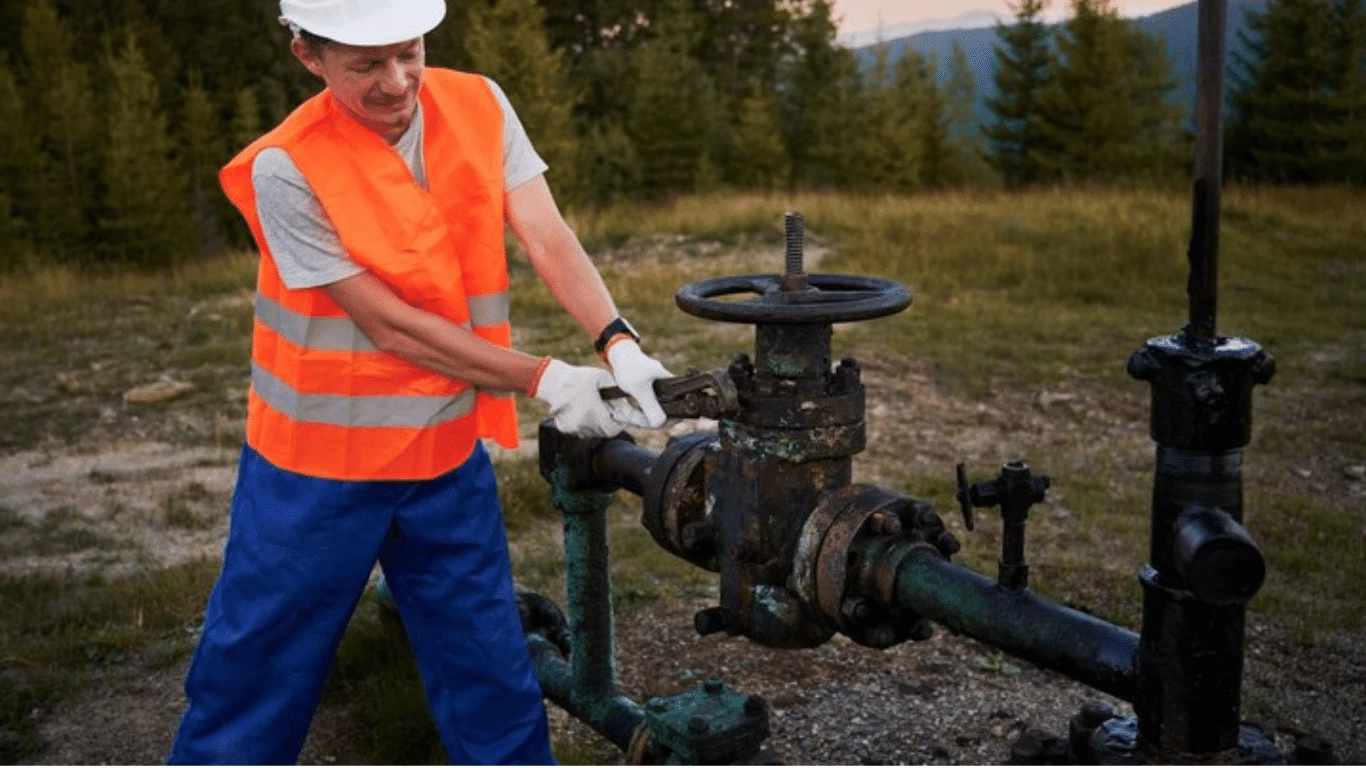When a well starts to run low, it doesn’t always mean the water’s gone—it might just need a boost. That’s where hydrofracking comes in. This advanced technique uses controlled bursts of water pressure to open up natural rock formations, improving flow and restoring water production. It’s a precise, science-backed process that helps bring struggling wells back to life without drilling a new one.
Hydrofracking has quietly become one of the most effective ways to enhance groundwater access for homes and farms alike, combining modern engineering with a deep respect for natural resources.
How does hydrofracking improve water well performance?
Hydrofracking enhances water well performance by increasing the flow of water from underground aquifers, enabling more efficient extraction. Here’s how it works:
- Creating Fractures in Rock Layers: Pressurized water, sometimes mixed with sand and other agents, is injected into the rock surrounding the well. The high pressure creates small fractures in the rock, which increases the pathways through which water can flow.
- Propping Open Fractures: Sand or similar materials are often used to keep these fractures open, ensuring that the newly created channels remain effective for water movement over time.
- Enhanced Water Flow: By opening up additional pathways in the rock, hydrofracking allows water to reach the well more quickly and in greater volumes, improving yield and reducing pumping effort.
- Access to Previously Unreachable Water: Hydrofracking can tap into pockets of water that were previously inaccessible due to dense or compacted rock formations, increasing overall water availability.
- Improved Well Efficiency: With increased flow and access to more water, wells require less pumping energy and can provide a more consistent water supply.
Hydrofracking enhances well performance by creating and maintaining pathways in the rock, allowing water to flow more freely and efficiently to the well.
What scientific principles are involved in the hydrofracking process?
The hydrofracking process relies on several scientific principles from physics, geology, and fluid mechanics to enhance the performance of water wells. Understanding these principles ensures the process is effective and safe. Here are the key concepts involved:
- Fluid Pressure and Mechanics: Hydraulic fracturing, also known as hydrofracking, uses high-pressure water to create fractures in underground rock layers. The principle of fluid dynamics explains how pressurized water can exert force on rock surfaces, initiating and propagating cracks.
- Fracture Propagation: Fracture mechanics studies how cracks form and grow in materials under stress. In hydraulic fracturing, understanding how rock fractures develop helps control the direction, size, and extent of the fractures to optimize water flow.
- Porosity and Permeability: These geological principles describe the ability of rock to hold water (porosity) and allow it to flow (permeability). Hydrofracking increases effective permeability by opening new channels in the rock, improving water extraction efficiency.
- Proppant Mechanics: Sand or other proppants are introduced into the fractures to keep them open. This relies on mechanical principles to ensure the fractures remain stable and water continues to flow efficiently.
- Hydrogeology: Understanding the movement of groundwater through different rock layers is crucial for safely targeting fractures and ensuring that water extraction does not contaminate surrounding aquifers.
By combining these principles, hydrofracking enhances water flow, increases well yield, and allows access to previously unreachable water resources.
How does hydrofracking affect groundwater quality and flow?
Hydrofracking can significantly impact both groundwater flow and quality, and understanding these effects is essential for safe water well enhancement. Here’s how:
- Altered Groundwater Flow: By creating fractures in rock formations, hydrofracking increases the permeability of the surrounding rock, thereby altering the flow of groundwater. This can enhance water movement toward the well, improving yield. However, it may also alter natural groundwater flow patterns, potentially redirecting water from nearby wells or natural springs.
- Potential Contamination Risks: Hydrofracking involves injecting water mixed with sand and sometimes chemicals into the rock. If not properly managed, these fluids could migrate into surrounding aquifers, posing a risk of chemical contamination. Proper well casing, sealing, and adherence to environmental regulations are critical to minimizing this risk.
- Sediment and Turbidity Changes: Fracturing can loosen sediments, which may temporarily increase turbidity in the water, affecting clarity and potentially the taste of water until the system stabilizes.
- Long-Term Water Availability: By enhancing flow in targeted areas, hydrofracking can improve water access and sustainability for the well. However, changes in flow patterns may impact nearby groundwater levels, necessitating careful monitoring to prevent unintended depletion of groundwater resources.
Hydrofracking can enhance well performance, but it must be carefully managed to protect groundwater quality and maintain natural flow dynamics.
What are the environmental impacts of hydrofracking on water wells?
Hydrofracking can enhance water well performance, but it also poses potential environmental risks that must be carefully mitigated. Here’s an overview:
- Groundwater Contamination: If fracking fluids, which may contain sand and chemicals, are not properly contained, they can migrate into surrounding aquifers, contaminating drinking water and affecting water quality for nearby wells.
- Altered Groundwater Flow: Fracturing rock changes the permeability and natural flow patterns of groundwater. While this can improve well yield, it may also reduce water availability in neighboring wells or natural springs.
- Increased Sediment and Turbidity: The process can dislodge sediments in the aquifer, temporarily increasing turbidity and affecting water clarity, taste, and safety until the water stabilizes.
- Pressure-Induced Impacts: High-pressure injection may induce minor shifts in subsurface structures, potentially affecting nearby well integrity or creating small fractures outside the intended target zone.
- Ecosystem Effects: Changes in groundwater levels and flow can impact nearby ecosystems that rely on consistent water availability, affecting vegetation, soil moisture, and local wildlife.
- Chemical Exposure Risks: Even trace chemicals used in hydraulic fracturing (hydrofracking) can have cumulative effects if they enter the groundwater, highlighting the need for careful monitoring and adherence to environmental regulations.
While hydrofracking can enhance well performance, strict safety measures and monitoring are essential to minimize its environmental impacts on water wells and surrounding ecosystems.
Get More From Your Well With Safe, Proven Hydrofracking
If your water pressure isn’t what it used to be, hydrofracking could be the solution. This method helps open natural pathways in the rock around your well, improving water flow and restoring consistent supply.
At Well Doctor LLC, we focus on safe, environmentally responsible practices that protect your water quality while boosting performance. Our team uses precise techniques to strengthen your well’s output—no shortcuts, no guesswork. It’s a smart way to make the most of the resource you already have and keep your home or property running smoothly.

